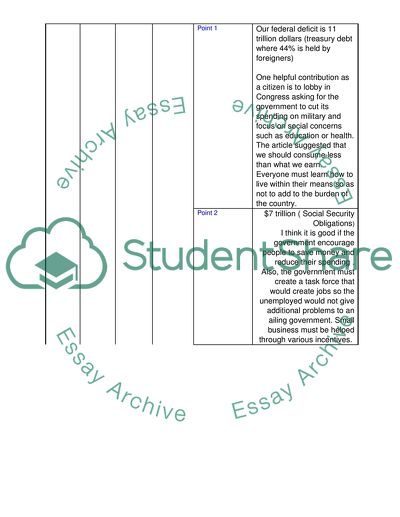Our National Debt (USD) Today Article Example | Topics and Well Written Essays - 500 words. Retrieved from https://studentshare.org/finance-accounting/1562749-macroeconomics
Our National Debt (USD) Today Article Example | Topics and Well Written Essays - 500 Words. https://studentshare.org/finance-accounting/1562749-macroeconomics.


